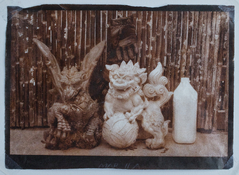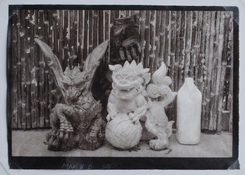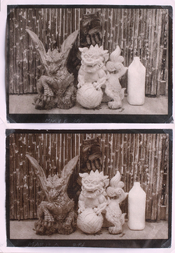I want to make sure that I get this correct before I mix this stuff up.
Citric acid 5g
Potassium chloroplatinite 20% solution 5ml
OR Sodium chloropalladite 20% solution 5ml
Water 1000ml
Would the mixture for the Potassium chloroplatinite be:
2 grams Platinum (II) Chloride - Formula PtC12 to 100ml water
And the mixture for Sodium chloropalladite be:
2 grams Palladium (II) Chloride - Formula PdC12 to 100ml water
This stuff is a little to expensive to screw this up
Thanks!!!
Jim
Citric acid 5g
Potassium chloroplatinite 20% solution 5ml
OR Sodium chloropalladite 20% solution 5ml
Water 1000ml
Would the mixture for the Potassium chloroplatinite be:
2 grams Platinum (II) Chloride - Formula PtC12 to 100ml water
And the mixture for Sodium chloropalladite be:
2 grams Palladium (II) Chloride - Formula PdC12 to 100ml water
This stuff is a little to expensive to screw this up

Thanks!!!
Jim







